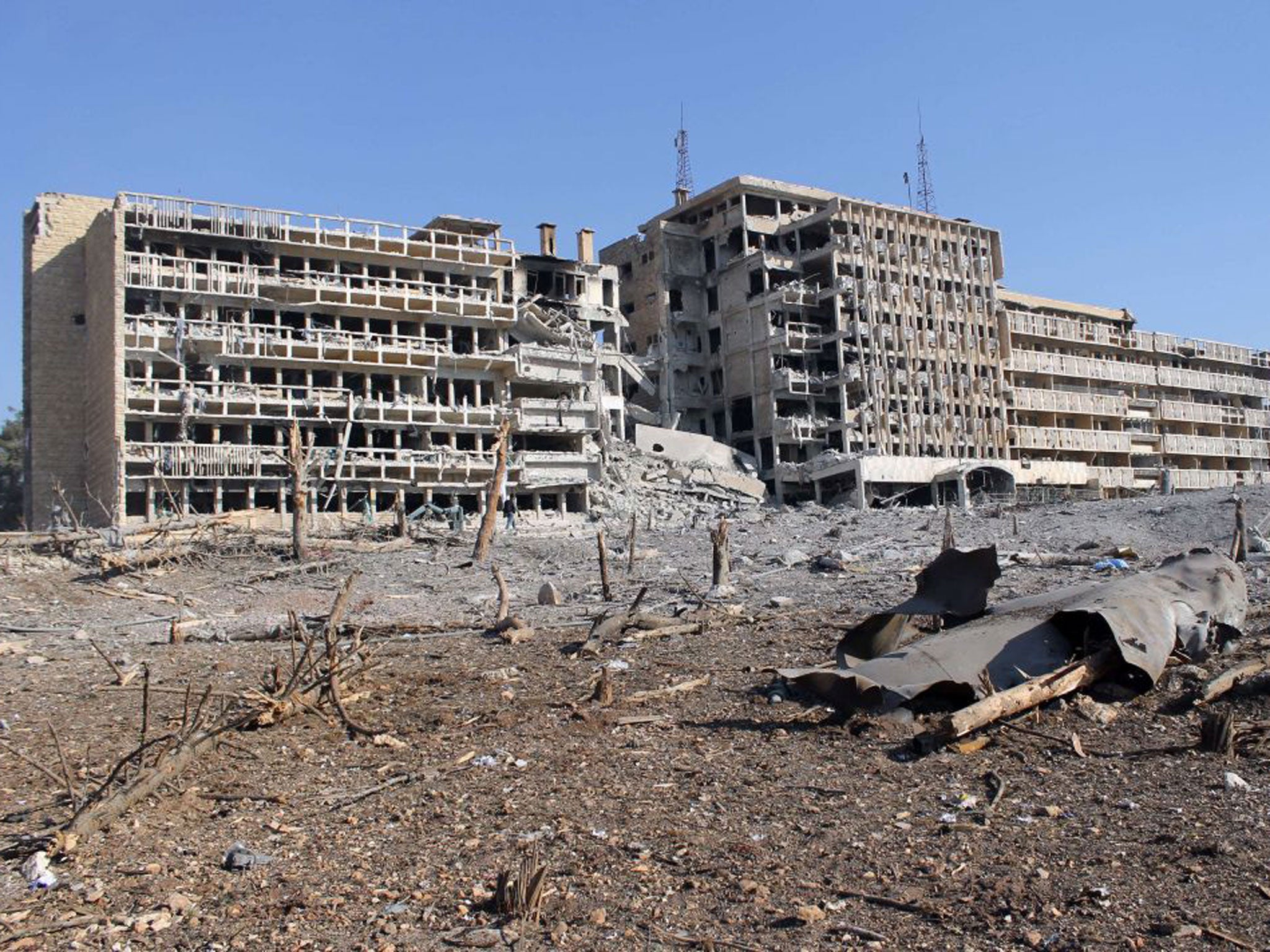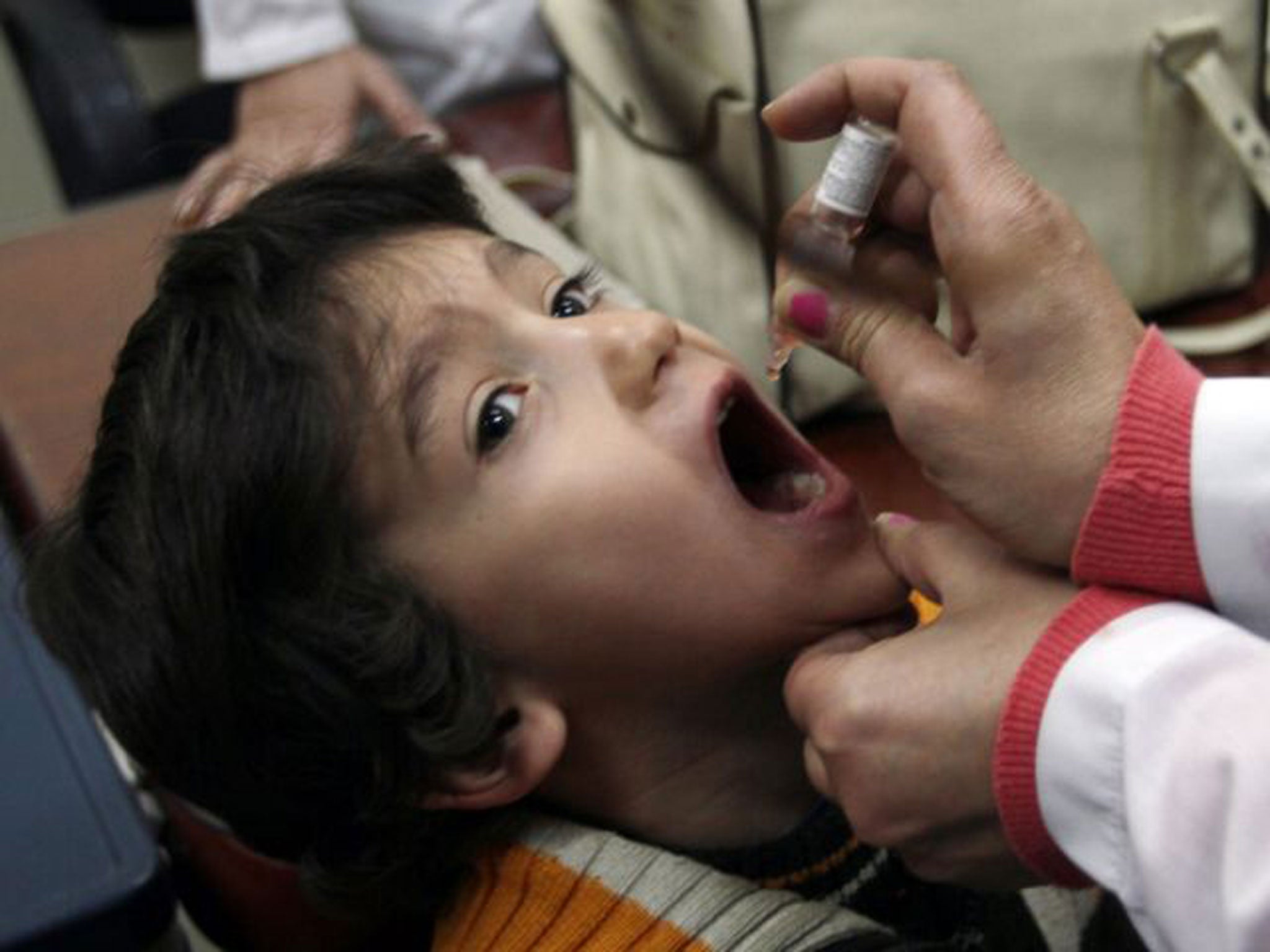Syria in crisis: Country's healthcare system is 'going backwards in time, at a rate of a decade a month'
Its hospitals are in tatters; doctors and nurses are fleeing the country; treatable diseases have become death sentences. Charlie Cooper reports on the collapse of a country’s healthcare system

Your support helps us to tell the story
From reproductive rights to climate change to Big Tech, The Independent is on the ground when the story is developing. Whether it's investigating the financials of Elon Musk's pro-Trump PAC or producing our latest documentary, 'The A Word', which shines a light on the American women fighting for reproductive rights, we know how important it is to parse out the facts from the messaging.
At such a critical moment in US history, we need reporters on the ground. Your donation allows us to keep sending journalists to speak to both sides of the story.
The Independent is trusted by Americans across the entire political spectrum. And unlike many other quality news outlets, we choose not to lock Americans out of our reporting and analysis with paywalls. We believe quality journalism should be available to everyone, paid for by those who can afford it.
Your support makes all the difference.Three years ago, Syria’s hospitals were the envy of the Middle East. The average life expectancy was 75, higher than in many parts of the UK. Nine out of every 10 medicines provided by the country’s extensive network of public and private clinics were made by the country’s own flourishing pharmaceutical industry. Back then, Syrians could expect a long healthy life, and care and comfort in times of sickness.
Today, when Elizabeth Hoff, the World Health Organisation’s (WHO) representative in Syria, walks to her office through the wintry streets of central Damascus, she passes families of refugees shivering in the cold. They have come to the capital for security and because it is one of the few places where the hospitals are still open.
“It really breaks my heart,” she says, her voice, which until now has recounted official statistics in steady stoic monotone, cracking with emotion.
“I have been in Syria for a year and a half and the difference in that time is devastating to see. The healthcare system has totally, totally broken down. Have you seen a child build up a beautiful Lego house? And then someone has stepped all over it. This is what the health system in Syria looks like when you get outside Damascus.” Nearly three years since the outbreak of the civil war, Syria is now in an unprecedented situation. It is the first state ever to have established a fully functioning, highly effective, 21st-century healthcare system – and then seen it collapse.
Read more:
Two-thirds of the country’s hospitals have been affected by the fighting and 40 per cent of them have been destroyed or rendered altogether useless. Ninety per cent of the pharmaceutical industry, which used to pump out drugs not only for domestic use but for export to 50 countries globally, is defunct. The government is now dependent on medical supplies from its allies – Russia, Iran and, to a lesser extent, Cuba and Honduras, as well as UN-co-ordinated aid coming in through Damascus and one border crossing with Iraq.
In areas completely out of government control, smaller aid agencies and NGOs are the main source of drugs and equipment, ferried in from neighbouring countries.
Near the front lines, medical facilities have been targeted, along with medical professionals, by forces on both sides, under the grim logic that the fewer doctors there are to put to put people back together, the fewer men will come back to fight.

Doctors, nurses, surgeons, anaesthetists and other health professionals have left the country. Charities, either independently or co-ordinated by the UN and the WHO, which are still working out of Damascus, have tried to fill the gaps, and the influx of heroic foreign doctors has made headlines in their home countries. But as Elizabeth Hoff repeats again and again: “It is not enough.”
The war has killed 120,000 – an estimate that puts the number of injured, combatant and civilian, at around 575,000, according the WHO. In other words, more than 2 per cent of the entire population has been maimed by armed conflict.
But the underlying burden is far greater. Syria’s population, like the rest of the developed world, had for years been lifted up by the safety net of modern medicine. Now that it has been taken away, people are falling hard. Around six million are refugees in their own country, living in crowded, unhygienic temporary shelters, bombed out buildings, or wherever they can – served only by undersupplied, undermanned field clinics.
Kidney failure, and some cancers – conditions that would previously have been managed by dedicated professionals in specialist clinics – have now become death sentences. Diseases that had been nearly or totally eradicated have returned.
In countries with poor sanitation, early exposure leads to increased immunity to many diseases. But in Syria, these natural defences have not built up in populations that were, until now, protected by a fully developed health system and civil infrastructure. The situation is most dire in rebel-held and Kurdish northern regions bordering Turkey, which have become no-go areas for UN and WHO supply lines out of Damascus. Ragtag health committees have been set up in individual towns and regions, often by a few brave local nurses and doctors who have refused to flee, and supported by NGOs. Médecins Sans Frontières (MSF), for example, runs six hospitals in northern Syria with local help.
Natalie Roberts, a British doctor who spent nine months in northern Syria with MSF, said that she had seen children as young as eight dying of liver failure caused by hepatitis A contracted from unclean drinking water – something unheard of before.
In Aleppo and surrounding towns, sandflies that breed in rubble and rubbish tips have multiplied amid the ruins and are spreading leishmaniasis – a skin disease that was dubbed “Jericho Buttons” by British soldiers when they encountered it in Palestine during the First World War because of the big, painful and disfiguring ulcers it forms upon the skin.
“The dramatic picture we see of Syria is of war trauma injuries,” Dr Roberts says. “But underneath there is also a huge problem with everyday healthcare. It’s like they’re going backwards in time, at a rate of a decade a month. All the medicines are running out. When they run out of antibiotics they’ll be in the pre-penicillin era.”
Only once in the past year did the world’s attention turn to Syria’s health crisis, when the country recorded its first case of polio since 1999 – as a consequence of a broken health system. Previously 85 to 90 per cent of Syrian children were immunised against it early. Today around half don’t get their vaccine.
The crisis inspired a rare instance of co-operation, with the Syrian regime turning a blind eye to the UN delivering vaccines to charities like the Syrian Arab Red Crescent, which then supplies them to rebel health authorities. Some 825,000 children had been vaccinated by the start of December, but the isolated success has only thrown into sharper relief the extent to which the war has cut people off from care – be it in small pockets around Damascus or in vast regions to the north.
Dr Roberts recounts the story of one girl in a village near Al-Safira, who accidentally burned herself. The injuries were not major, let alone life-threatening. But the village was cut off from any kind of hospital or clinic and healthcare workers could not get in because the front line cut off access. For three months, the girl lay on a wooden bed in the shelter where her family lived, scared to move for fear of brushing her burns.
“When eventually the frontline moved on and an MSF team reached the village, the girl had pressure sores the like of which I have never seen,” Dr Roberts says. “Anyone with any nursing skills would know that […] she needed to be turned regularly. But no one knew that in their shelter. She had become malnourished and contracted pneumonia, lying still in that shelter for three months. We tried, but after five days, she died. She was three years old.”
Throughout Syria, the same kinds of winter illnesses are likely to kill thousands.
“We are far from doing enough,” Ms Hoff says. “I would just like to say to people please don’t forget Syria. They are wonderful people. They need help.”
Join our commenting forum
Join thought-provoking conversations, follow other Independent readers and see their replies
Comments